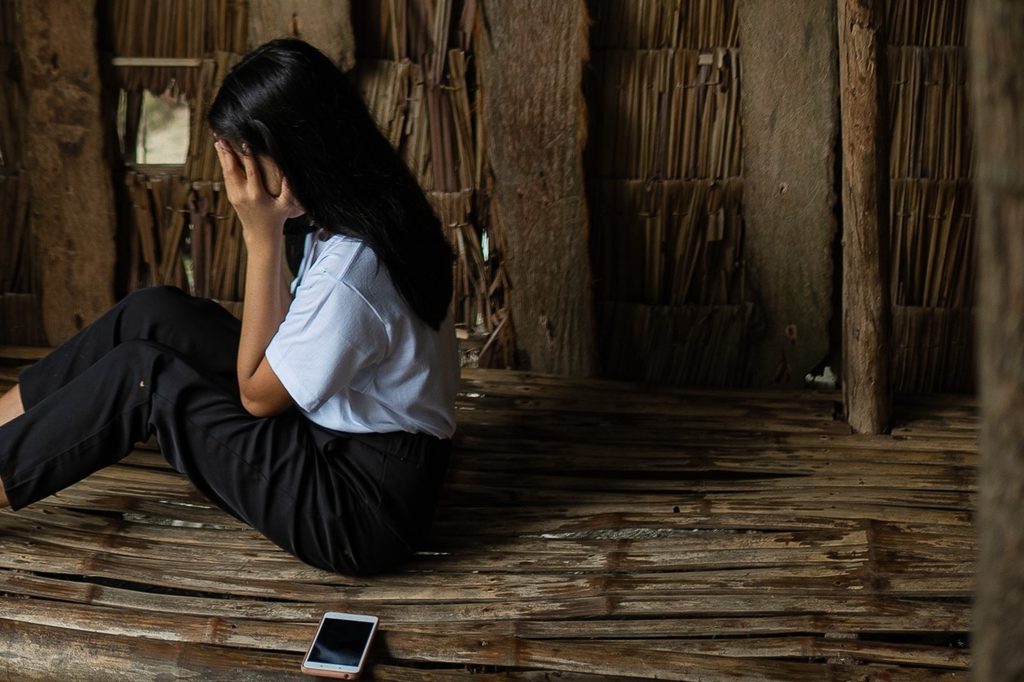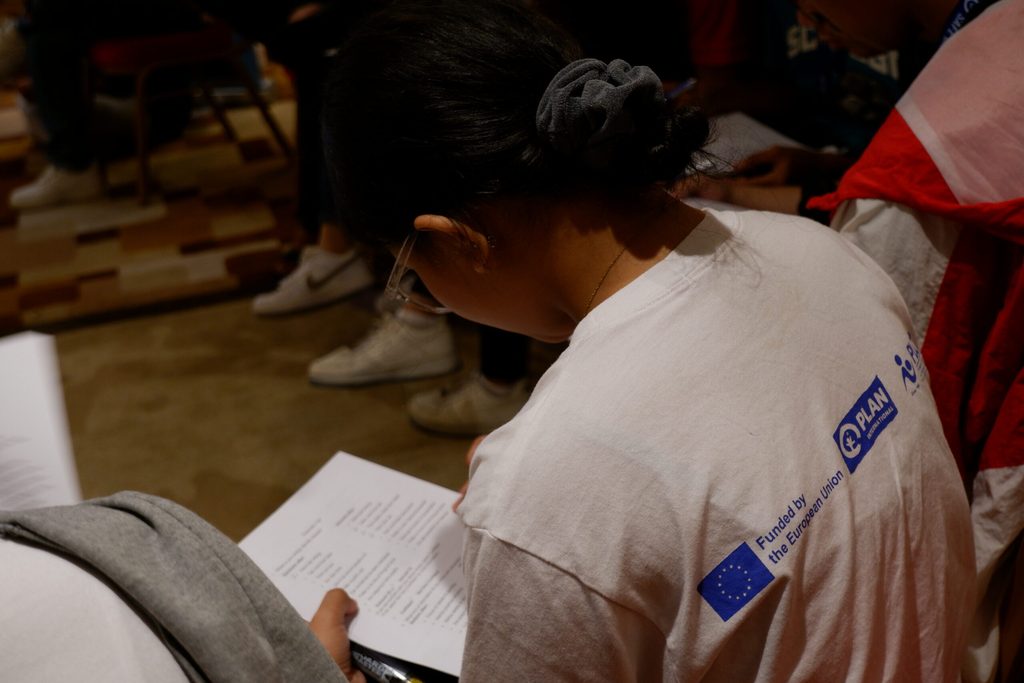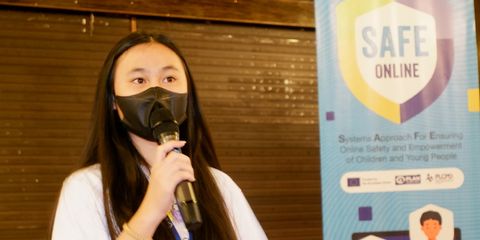Online safety starts with better online habits
When Sabel learns of the risks associated with her online habits, she becomes an advocate of online safety and protection of children against online sexual exploitation of children (OSEC).

The ability to connect with people from different parts of the world has been hailed as one of the great wonders of the internet. Most young people today live in a world where instant messaging is the norm. But not everything about this reality is bright and ideal. For 18-year-old Sabel*, it is also a reality that can encourage negative online behaviour and even blur proper boundaries between adults and young people.
Connected from an early age
“My hobbies [before] included using my cellphone throughout the day and going out to different areas of Manila with friends,” she shared. “I would connect with people I didn’t know online. Just one chat from them and I would immediately reply..”
Sabel was first exposed to gadgets at age 6, when she started using a phone for games. Later on, a relative introduced her to social media. Because of her queer identity, Sabel became a subject of hateful online comments about her being gay which affected her self-esteem and made her doubt herself.
“It got to a point where I would think, ‘Am I really what they’re saying?’ I felt discriminated against because I was gay. It really hurt to receive those kinds of comments,” said Sabel.

Realising the risks
Aside from social media, Sabel also shared that by age 14, she was already on a popular dating app and, by age 16, would have conversations with different foreigners and adults who seemed to understand her struggles as a member of the LGBTQIA+ community.
One day, Sabel happened to catch a briefing session of the SAFE Online Project in her community and she became aware of the different forms of online sexual exploitation of children (OSEC). As someone who was constantly interacting with people online, Sabel only learned then how these interactions could pose risks to her and other kids who may be emotionally vulnerable.
With this realisation, Sabel decided she wanted to do more and eventually joined as a Youth Facilitator supporting the project to raise awareness in her community about OSEC back in 2022. Remembering how much it affected her to see negative comments about her identity online, Sabel’s advocacy became equally fueled by the desire to prevent harm from happening to other kids, saying:
“I worry for every minor who may already be experiencing abuse without being aware of it. They may think it’s just for fun but it’s actually a form of abuse or harassment already. It’s important that kids have proper guidance.”

Towards life outside of social media
For the next 2 years, Sabel remained active with the SAFE Online Project, citing how happy she was to have grown along with the project. By recognising the value of her voice, she became a natural leader both in the project and in the school organisations she joined.
With support from her family and the lessons she gained from the project, Sabel transformed her online habits and now takes better care of her safety. She has learned to be vigilant online, taking action to ignore, report, and block people she doesn’t know.
With the project set to end by January 2025, Sabel expressed her hope that the local government as well as the youth council would implement more projects focused on child protection.
As for young people, Sabel advised them to exercise caution in their online interactions and set up security and privacy measures as a way of protecting their personal information. And for parents, she called on them to be more hands-on in guiding children away from harm, rather than being the ones to lead them to harm.
“In my view, young people should enjoy their youth more and not enter into social media especially if they don’t understand what sort of things can happen on the platforms they use.”
*Name was changed to protect identity
—
About the SAFE Online Project
The Systems Approach For Ensuring Online Safety and Empowerment of Children and Young People (SAFE Online) Project is an EU-funded project implemented by Plan International Pilipinas, together with Philippine Legislators’ Committee on Population and Development Foundation, Inc. The project seeks to protect children and young people from online sexual exploitation and violence, particularly in the following areas: City of Manila and Bacoor in Cavite and the municipalities of Mayorga and MacArthur in Leyte.
This case story was produced with the financial support of the European Union. Its contents are the sole responsibility of Plan International Pilipinas and do not necessarily reflect the views of the European Union.
Categories: Protection from violence


